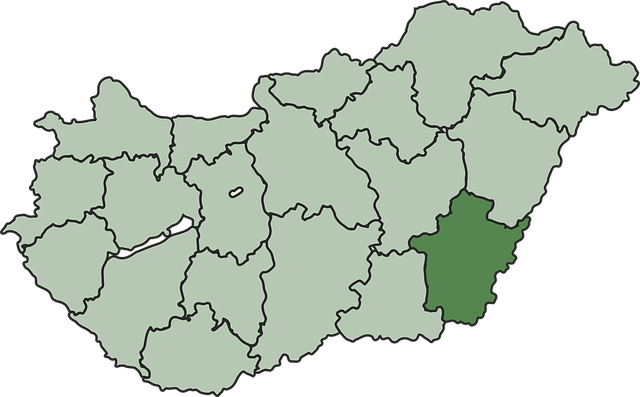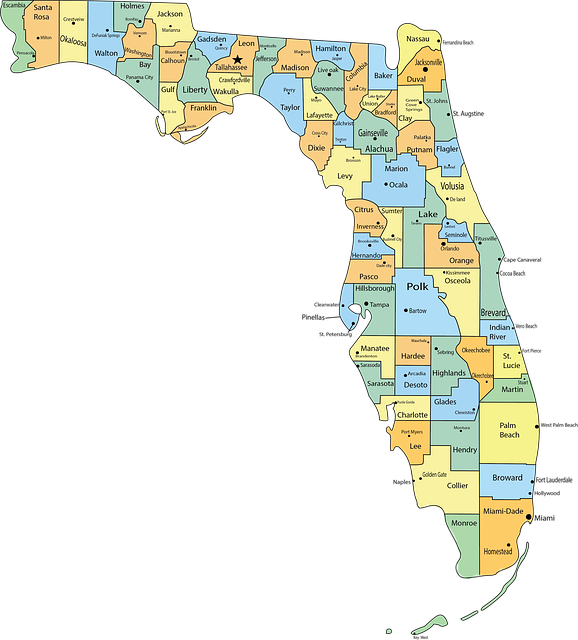An extensive freeway network significantly boosts local real estate markets by improving accessibility and driving economic growth. Efficient transportation corridors attract investment, increase property values, and make previously remote areas more desirable. Well-planned access points ensure seamless community connectivity, integrate land use patterns, and enhance real estate values while minimizing disruptions. This strategic connectivity leads to increased property values, improved employment access, and enhanced livability, making communities highly attractive for residents and businesses alike, as seen in successful metro areas like Los Angeles and Chicago.
In today’s interconnected world, an expansive freeway network acts as a lifeline for communities, fostering economic growth and shaping real estate markets. This article explores the profound impact of these strategic road systems on local economies and property values. We delve into planning considerations for efficient access points, highlighting successful case studies where robust freeway networks have transformed communities. Discover how smart infrastructure can drive real estate success stories across diverse landscapes.
The Impact of Freeway Networks on Local Real Estate Markets

The presence of an expansive freeway network significantly influences local real estate markets, creating a ripple effect that impacts property values and accessibility. Efficient transportation corridors facilitate easier movement of people and goods, which in turn drives economic growth and attracts new businesses to the area. This influx of investment often leads to higher demand for housing, pushing up real estate prices. Areas with well-connected freeway systems tend to experience increased property values due to their enhanced accessibility and desirability as living spaces.
Moreover, these networks enable faster commute times, making locations previously deemed remote or less appealing suddenly more attractive. This change in perception can drastically alter the landscape of local real estate, with areas once considered far flung becoming desirable neighborhoods. As a result, developers often target these regions for new construction projects, further boosting the market and offering a diverse range of housing options to prospective buyers.
Planning and Development Considerations for Freeway Access Points

When designing a freeway network, meticulous planning and development considerations are essential for access points to ensure seamless connectivity between communities. These include strategic placement of entrances and exits, ramp design, and signalisation to manage traffic flow efficiently. Real estate plays a significant role in this process as the availability and accessibility of land directly impact the infrastructure’s layout and functionality.
Proper planning involves assessing land use patterns, identifying high-density areas, and incorporating access points in ways that enhance real estate values while mitigating potential disruptions. Well-designed access points can stimulate local economies by improving connectivity, facilitating trade, and attracting businesses and residents alike. This strategic integration of transportation networks with urban development is key to fostering sustainable growth and enhancing the overall quality of life for communities.
Case Studies: Successful Communities Thanks to Expansive Freeway Systems

In many successful communities, an expansive freeway network plays a pivotal role in shaping their prosperity and accessibility. A well-designed highway system facilitates seamless connectivity between neighborhoods, commercial hubs, and suburban areas, boosting local economies and enhancing quality of life. For instance, consider cities like Los Angeles and Chicago, where extensive freeway networks have enabled robust real estate development along major arteries. These urban centers attract businesses, residents, and tourists alike due to their efficient transportation infrastructure, fostering a vibrant and dynamic environment.
The positive impact is evident in the growth patterns observed in these regions. Freeway systems open up new avenues for development, encourage economic diversification, and promote balanced regional growth. As a result, communities experience increased property values, improved access to employment opportunities, and enhanced overall livability. This strategic connectivity not only benefits existing residents but also attracts newcomers, contributing to the community’s continued success and expansion.






